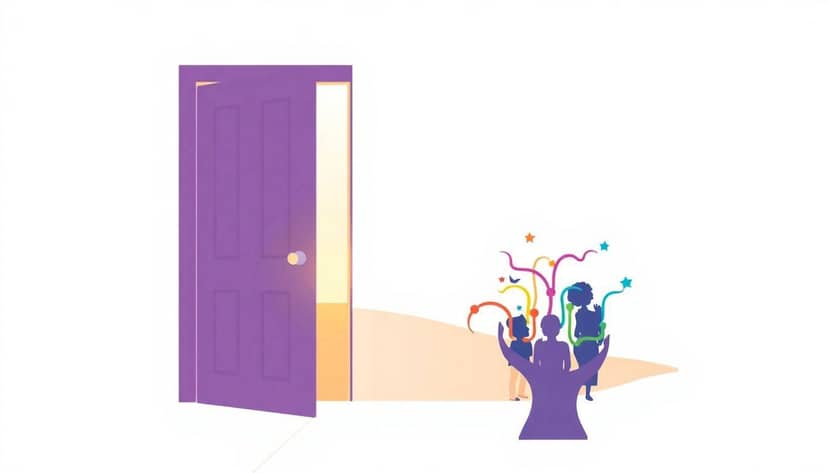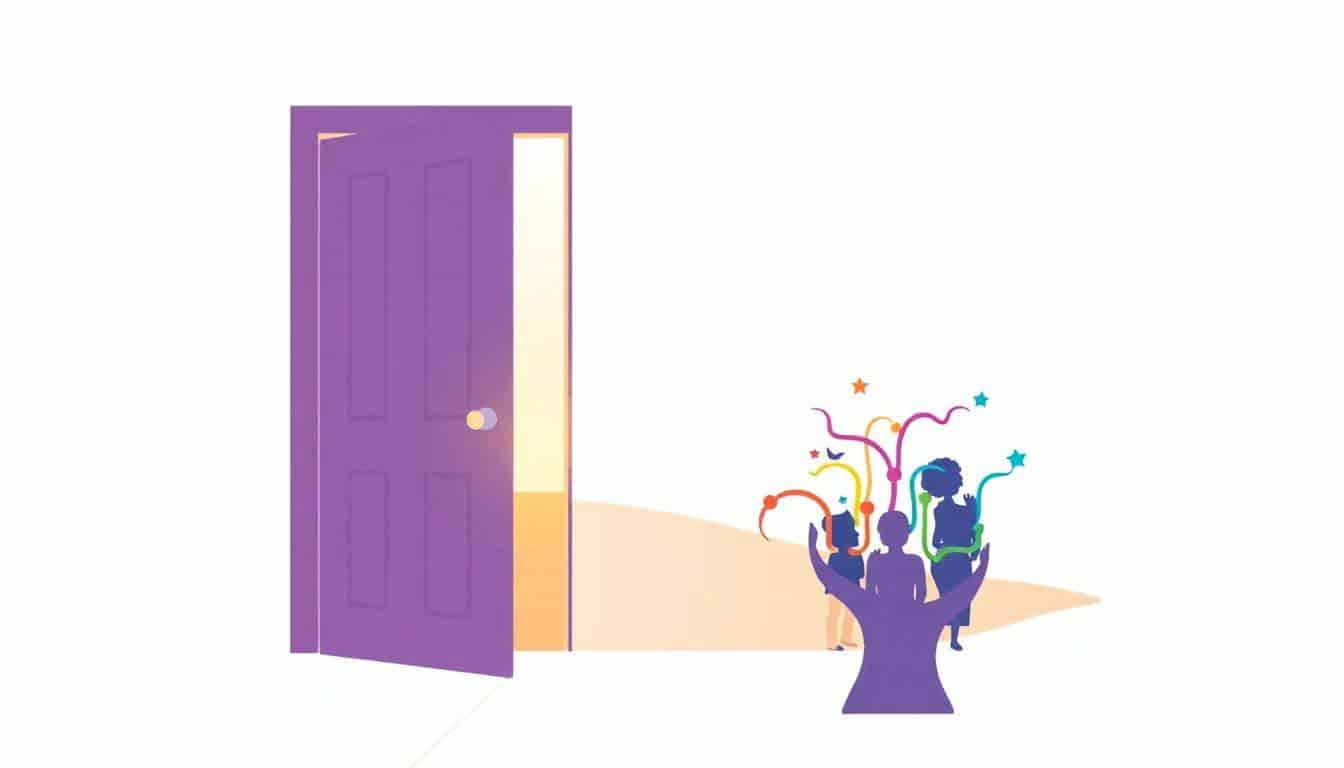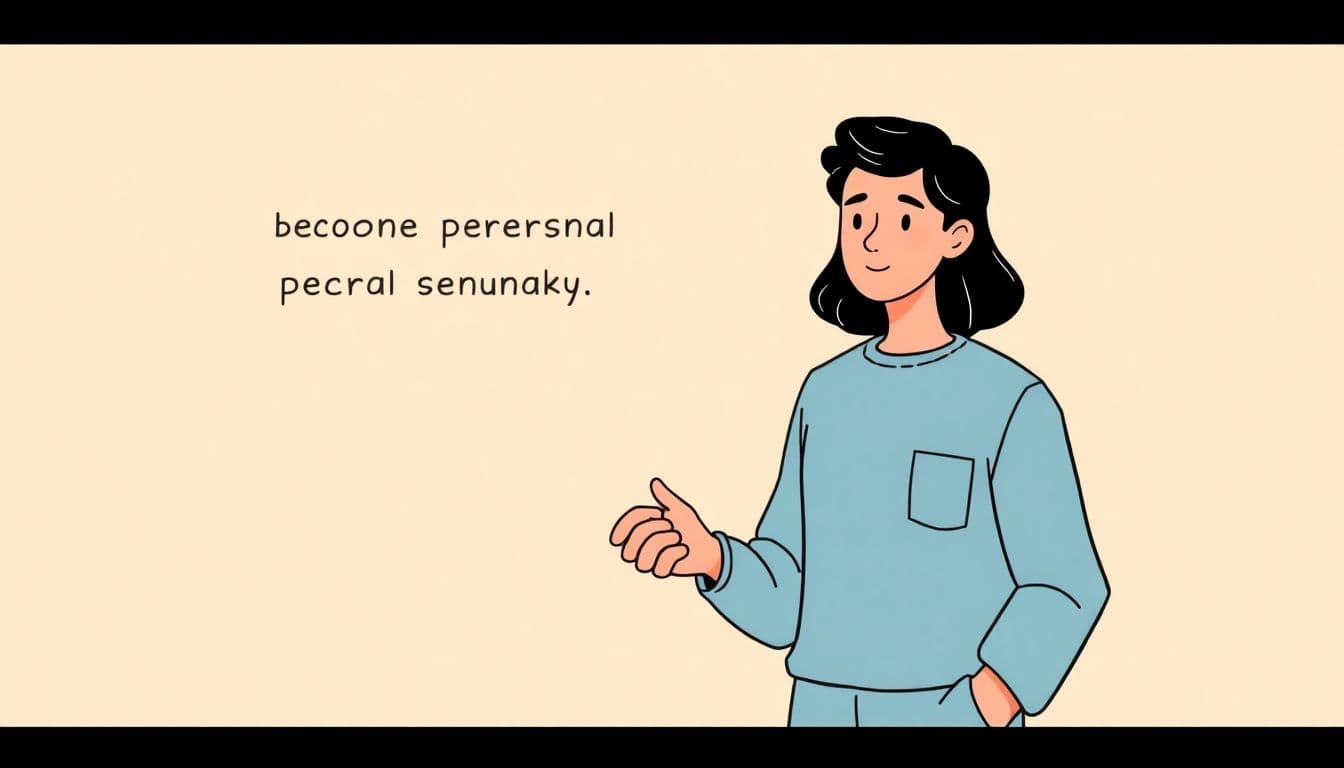Table of Contents
Ever catch yourself making snap judgments about someone without even realizing it? We’ve all been there, and it’s totally human, but it’s something we can work on.
If you’re tired of those pesky stereotypes sneaking into your thoughts, stick around. I’ve got some simple tips that might just help you see things in a whole new light.
Let’s dive into some easy steps to break free from stereotypes and make our world a bit more understanding.
Key Takeaways
- Recognize and challenge your own biases; reflect on your thoughts to avoid quick judgments.
- Educate yourself about different cultures to break down stereotypes.
- Engage with a diverse group of people to appreciate individual uniqueness.
- Practice mindfulness to catch and change stereotypical thoughts.
- Develop empathy by understanding others’ perspectives.
- Use techniques like stereotype replacement to change habitual thinking.
- Implement diversity strategies in the workplace and promote inclusion.
- Foster a culture of respect and open communication.
- Evaluate systems and policies to identify and eliminate biases.
- Encourage open conversations about stereotypes to promote understanding.

Step 1: Make a Personal Commitment to Avoid Stereotypes
To avoid stereotypes, start by making a conscious decision to recognize and challenge your own biases. Acknowledge that everyone has unconscious prejudices that can affect how we perceive others.
Reflect on your thoughts and reactions when interacting with people who are different from you. Question whether your judgments are based on facts or assumptions.
Consider keeping a journal to note instances where you might have made quick judgments. This practice can increase your self-awareness and help you identify patterns in your thinking.
By committing to personal growth, you set the foundation for more meaningful connections and understanding.
Step 2: Educate Yourself About Other Cultures
Educating yourself about different cultures is a powerful way to break down stereotypes. Seek out books, documentaries, and articles that provide insights into lifestyles and traditions unlike your own.
Attend cultural festivals or community events to experience diversity firsthand. This not only broadens your horizons but also challenges preconceived notions.
Studies have shown that learning about other cultures can reduce implicit biases. For example, a 12-week study found that participants who engaged in stereotype-reducing activities, like counter-stereotypic imaging and individuation, saw significant decreases in unconscious race bias.
If you’re a writer looking to incorporate diverse perspectives into your work, these realistic fiction writing prompts can inspire stories that reflect real-life diversity.
Remember, knowledge is a key tool in challenging and overcoming stereotypes.
Step 3: Interact with a Diverse Group of People
Engaging with people from different backgrounds is one of the most effective ways to overcome stereotypes. Personal interactions allow you to appreciate individuals for who they are, rather than relying on generalized beliefs.
Join clubs, volunteer organizations, or social groups that include a diverse membership. These settings provide opportunities to build relationships and learn from others’ experiences.
Research indicates that diverse social networks can reduce stereotype threats. In one study, participants felt more positively perceived when their peers had friends from various backgrounds.
To explore new perspectives in your writing, consider using these character writing prompts to develop characters from different walks of life.
By expanding your social circle, you not only enrich your own life but also contribute to a more inclusive and understanding community.

Step 4: Practice Mindfulness and Self-Awareness
Being mindful of your thoughts can help you catch stereotypes before they influence your actions. When you notice yourself making assumptions about someone, pause and reflect on where those thoughts are coming from.
Mindfulness involves paying attention to your thoughts and feelings without judgment. It can be as simple as taking a few deep breaths and observing your internal dialogue.
By increasing self-awareness, you become better equipped to recognize biased beliefs and choose to think differently.
Research has shown that engaging in stereotype-reducing activities can lead to significant decreases in implicit biases. For instance, a 12-week study found that participants who practiced techniques like stereotype replacement and individuation saw long-term reductions in unconscious race bias.
Incorporating mindfulness into your daily routine can be a powerful step toward overcoming stereotypes.
Step 5: Develop Empathy and Understand Different Perspectives
Empathy allows you to connect with others on a deeper level and see the world from their point of view. By putting yourself in someone else’s shoes, you can break down barriers created by stereotypes.
Listen actively when others share their experiences, and try to understand their feelings and challenges.
Reading stories or watching films that depict diverse experiences can also broaden your perspective. Exploring these memoir writing prompts might inspire you to reflect on your own experiences and appreciate others’ journeys.
Studies have shown that diverse social networks can reduce stereotype threats. In one study, individuals felt more positively perceived when their peers had friends from various backgrounds.
Developing empathy not only helps you overcome your own biases but also fosters a more inclusive community.
Step 6: Use Techniques to Challenge Stereotype Habits
Breaking free from stereotypical thinking often requires intentional strategies. Techniques like stereotype replacement, counter-stereotypic imaging, and individuation can help rewire your automatic responses.
Stereotype replacement involves recognizing a biased thought and consciously substituting it with a non-stereotypical one.
Counter-stereotypic imaging means visualizing someone who contradicts the stereotype, which can challenge and change your associations.
Individuation focuses on seeing people as unique individuals rather than generalizing based on group characteristics.
A 12-week study demonstrated that using these techniques led to significant reductions in implicit race bias, showing that consistent effort can make a real difference.
For writers, creating characters that defy stereotypes can be a meaningful exercise. Consider these tips on writing in present tense to bring your stories to life and challenge readers’ assumptions.
Step 7: Implement Strategies in the Workplace
Tackling stereotypes in the workplace can lead to a more productive and harmonious environment. Start by promoting diversity and inclusion initiatives that educate employees about unconscious biases.
Introduce training programs that encourage self-reflection and offer practical strategies for reducing prejudice.
Adopt fair hiring practices, such as anonymized resumes, to minimize bias in recruitment.
Using technology wisely can also help. Implementing AI tools for business can streamline processes and reduce human biases in decision-making.
Regularly review company policies to ensure they support equity and inclusion for all employees.
Step 8: Promote a Culture of Inclusion and Respect
Creating an environment where everyone feels respected is essential for breaking down stereotypes. Encourage open communication and celebrate the diversity within your team or community.
Host events or workshops that highlight different cultures and perspectives.
Lead by example by showing respect and appreciation for everyone’s contributions.
Research shows that implicit biases have decreased over time, indicating that efforts to promote inclusion are making a difference. For instance, implicit American = White associations have decreased by over 40% in recent years.
By fostering a culture of inclusion, you help challenge stereotypes and build stronger relationships.
Step 9: Evaluate and Adjust Systems to Reduce Bias
Sometimes, biases are built into the structures and systems we use daily. Take the time to assess these systems and identify areas where stereotypes may be perpetuated.
Analyze policies, practices, and procedures to ensure they are fair and equitable.
Gather feedback from a diverse group of people to understand their experiences and perspectives on existing systems.
Research suggests that significant changes are often needed to alter entrenched stereotypes. Small adjustments might not be enough; bold moves can lead to meaningful progress.
Be prepared to make substantial changes when necessary to promote fairness and reduce bias.
Step 10: Encourage Open Conversations About Stereotypes
Talking about stereotypes openly can be challenging but is crucial for change. Create safe spaces where people feel comfortable discussing their experiences with bias and discrimination.
Listen without judgment and be willing to confront uncomfortable topics.
Sharing stories can be a powerful way to highlight the impact of stereotypes. If you’re interested in exploring this through writing, learning how to write a play could be a creative outlet to spark dialogue.
By encouraging open conversations, you help dismantle stereotypes and promote understanding.
FAQs
Making a personal commitment is crucial because it initiates self-awareness and responsibility. It empowers you to consciously recognize and change biased thoughts, leading to more inclusive interactions and reducing the impact of stereotypes.
You can read books, watch documentaries, attend cultural events, and engage with people from different backgrounds. Learning languages and traveling can also deepen your understanding and appreciation of other cultures.
Interacting with diverse individuals broadens your perspectives, reduces biases, and enhances empathy. It challenges preconceived notions and promotes a more inclusive mindset by exposing you to different experiences and viewpoints.
Practicing mindfulness to become aware of biased thoughts, actively questioning assumptions, seeking out diverse perspectives, and replacing stereotypes with individualized information are effective techniques to alter stereotype habits.



